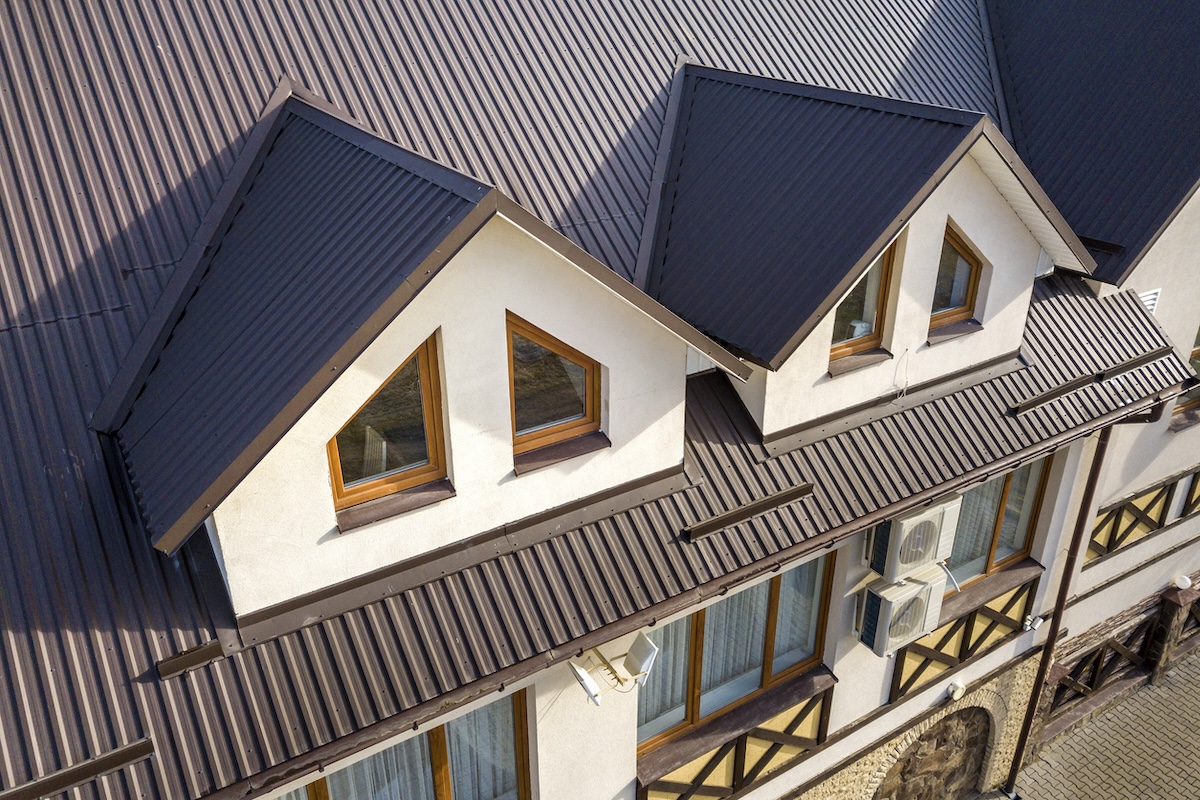

We may earn revenue from the products available on this page and participate in affiliate programs. Learn More ›
Innovations in metal roofing have changed the possibilities and aesthetic diversity of metal roofing, yet many of us still associate metal roofs with either corrugated panels, which tend to look like they belong on sheds or barns, or standing-seam applications, which in the past often had a commercial appearance. These days, however, metal roofing products can be made to look like wood, stone, or clay and can suit practically any architectural style, whether a Spanish Colonial in Southern California or a Queen Anne in New England.
“More homeowners are realizing their rooftops have untapped potential. Why slap a boring roof on when there’s an opportunity to not only enhance the performance but add serious style points to your home? With a skilled, experienced installer, good-quality material, and some vision and inspiration, the sky’s the limit for just how far you go when you choose metal,” says Renee Ramey, Metal Roofing Alliance (MRA) executive director.
Metal Roofing Materials
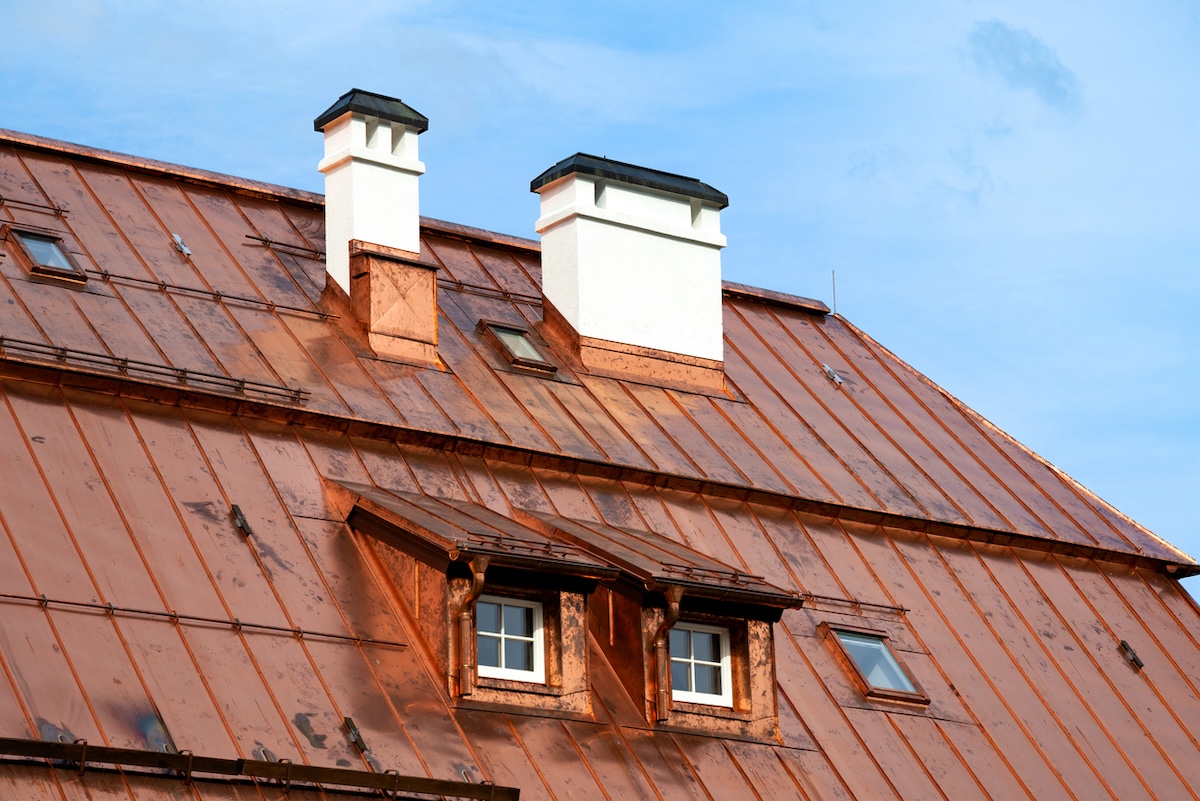
Residential metal roofing is generally made of steel, aluminum, copper, or zinc. These roofs can have special coatings, different thicknesses, and a variety of paint finishes.
- Steel is the most affordable option and makes up the majority of the roofing market, according to the MRA. Available in rolls of 24- or 26-gauge, steel sheets are given a metallic coating to prevent rust, followed by a baked-on paint finish. “Quality steel roofing offers great energy-efficient benefits and is a smart environmental choice, given that it can be 100 percent recycled at the end of its very long life,” says Ramey.
- Aluminum sheets don’t require a metallic coating but do get painted. They’re a good option for coastal regions.
- Copper, often referred to as a natural metal product, is neither coated nor painted because it weathers without corroding. Copper (see photo above) is sometimes used to accent a roof on a special architectural feature, such as a prominent bay window or cupola.
- Zinc is used as a roof coating in the U.S., but it’s an extremely popular roofing material in Europe. Its lifespan is similar to copper’s and it’s recyclable. Over time, it changes from a dark gray to a light gray or bluish hue.
Steel roofing products are coated with either zinc (galvanized) or a mixture of aluminum and zinc (Galvalume or Zincalume). Of the two, Galvalume and Zincalume offer longer wear. Coatings are offered in several thicknesses. Thicker coatings provide greater longevity but increase the cost.
The Metal Roofing Alliance (MRA) recommends a galvanizing thickness level of at least G90 for residential applications. For Galvalume coatings, it recommends AZ50 when painted or AZ55 when not painted.
Paint finishes also vary in quality. An inferior coating may fade or chalk. Some manufacturers participate in a certification process developed by the MRA. Standard certified products may be used in most circumstances, although in areas with high exposure to UV light, opt for a premium certified paint coating.
Textures and Finishes

“Metal roofing comes in more shades, patterns, and designs than nearly any other roofing material,” says Ramey. “Because it’s an extremely versatile material, homeowners are using metal’s many options to their full advantage and combining different looks and designs to highlight architectural features such as turrets, dormers, porches, and outbuildings.”
Metal roofing products can be stamped into shapes and are typically installed as interlocking panels with hidden fasteners. Viewed from a distance, metal roofs can offer fairly convincing renditions of shingles and tiles. Some “stone-coated” products receive an acrylic coating in which stone granules are embedded, providing the appearance of a shake roof with a less metallic look.
One of the most common types of metal roofs is the standing-seam roof. As the name implies, these roofs are made up of long sheets of painted steel with vertical seams. From a design perspective, they are a purer product, but they’re not suitable for every home.
“Standing seam is the most popular type of metal roof used in residential homes,” says Matt Mosher, cofounder of Dzinly, a virtual design platform that helps users easily and affordably reenvision their home’s exterior. “This type of roofing is preferred due to its sleek, modern appearance, durability, and concealed fasteners, which enhance its aesthetic appeal and weather resistance.”
Standing-seam roofs are perhaps best matched to the simple lines of cabins and contemporary home designs. That said, as Mosher notes, “Its use is increasingly popular for adding a modern touch to traditional homes, and it’s often seen on porches or awnings to blend contemporary elements with classic designs.”
Colors
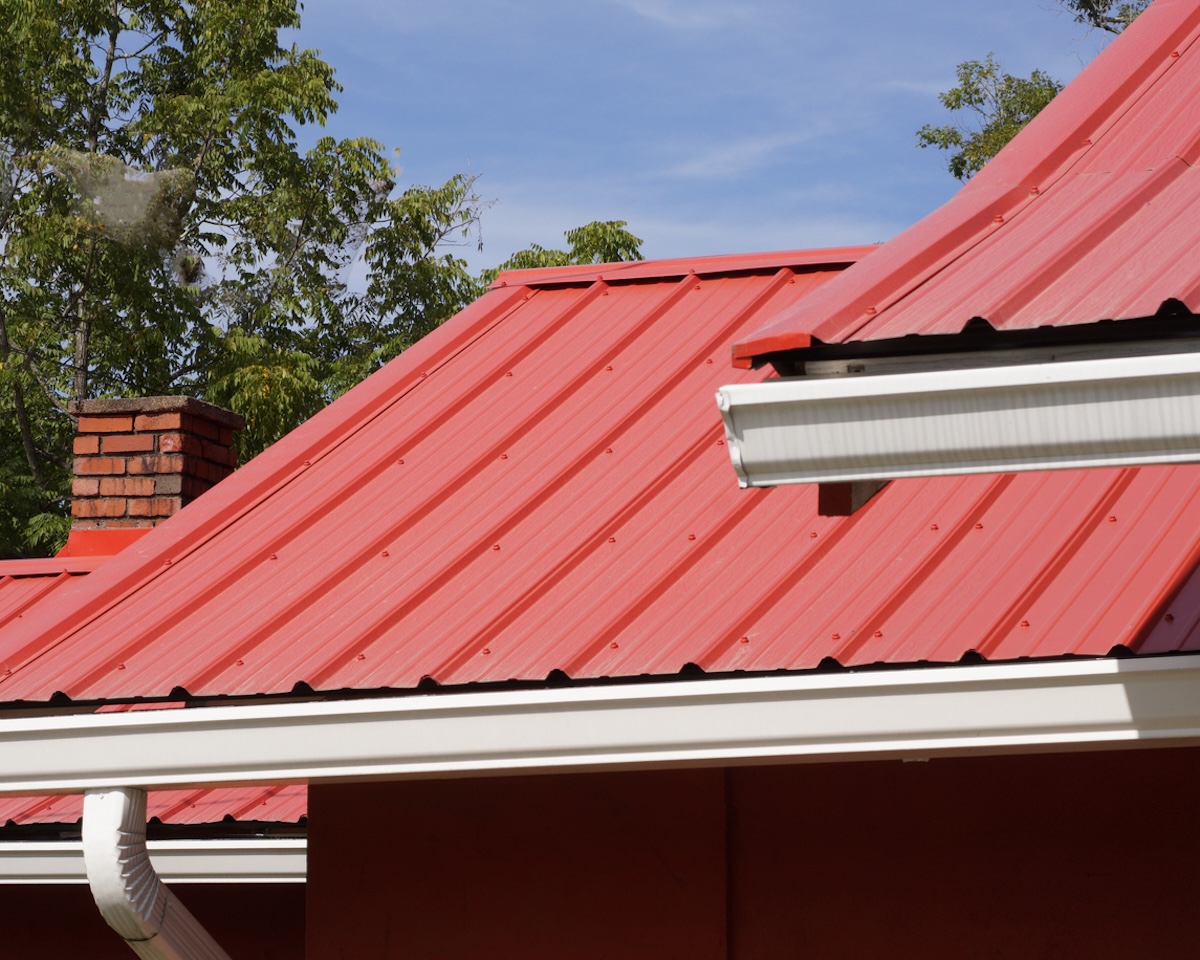
The color of a roof has a big impact on the overall appearance of a home. While metal roofing can be made in seemingly limitless hues, certain colors are trending across the U.S. and in specific regions.
Haley Iselin, vice president and metal master at Metal Roof Specialties, says: “In the Pacific Northwest, the most popular type of metal roofing for most residential applications is standing seam. For the past couple of years, black and grays have been the most popular, however dark browns are also high on the list.”
According to Todd Miller, president of Isaiah Industries, a manufacturer of specialty residential metal roofing in Ohio, while black has been popular in recent years, “we are also seeing an upward trend in light-colored roofs, and also softer shades of grays, browns, and greens.”
Mosher, too, is noticing the popularity of darker colors. “Gray is the most popular color for metal roofs, with shades like charcoal and slate gray being particularly favored for their versatility, modern aesthetic, and ability to blend seamlessly with various architectural styles and exterior colors. Black is also a top selection for modern and contemporary designs but does not do your house any favors in warmer climates.”
Benefits of Metal Roofing
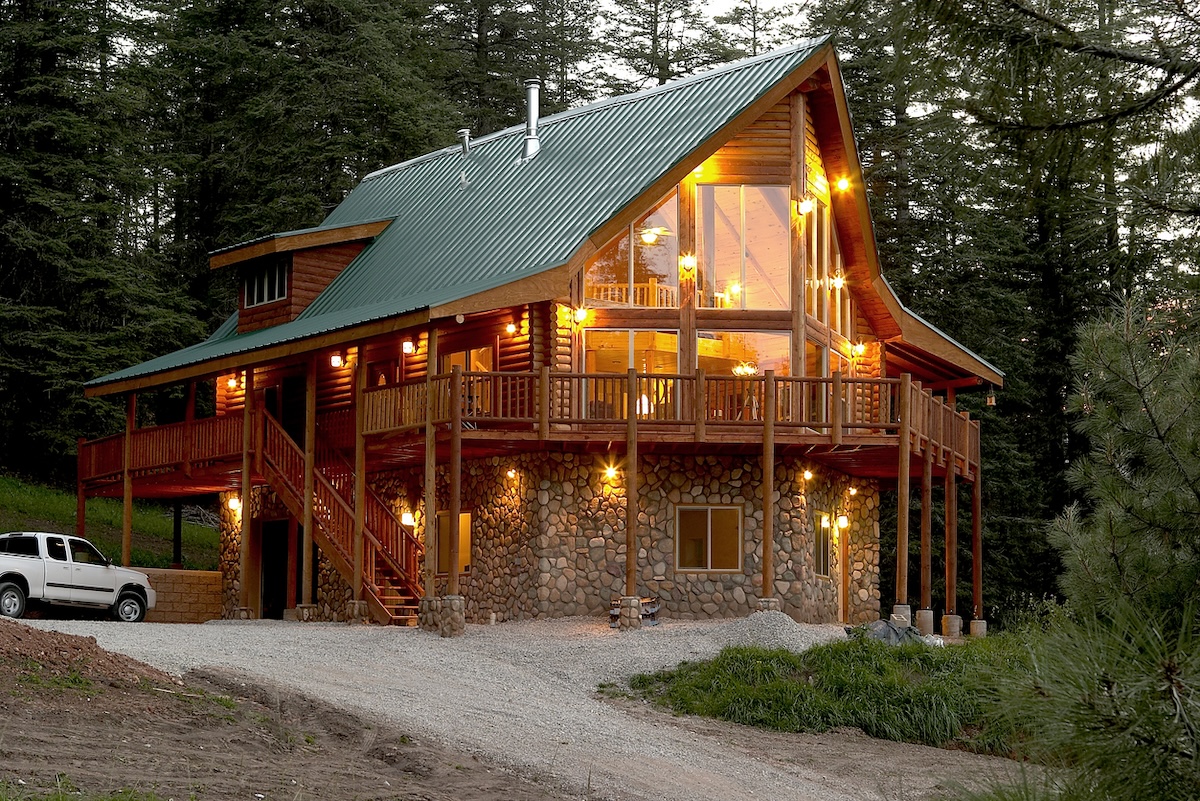
Metal roofing offers a variety of benefits, including fire resistance, lighter weight, compatibility with solar panels, and lower insurance costs. “There are so many advantages to metal roofing. If I had to name just a few, they would be longevity, appearance, and the potential positive environmental impacts, such as the ability to save rainwater and use solar options in addition to recyclability and less waste in landfills,” says Iselin.
Longevity
The primary benefit of metal roofing is longevity. Manufacturers routinely offer 50-year warranties and even lifetime, non-prorated warranties. They claim their products will last two to four times longer than roofs with asphalt shingles. By avoiding one or two reroofing jobs during the life of a metal roof, the higher initial cost of a metal roof can pay off over the life of the roof. In the near term, a new metal roof recoups a bit more of its installation cost upon home resale (6 percent, according to Remodeling magazine) than does a new asphalt roof.
Severe Weather Ready
Known for its durability, metal roofing is often chosen for its strong performance in severe weather conditions. In addition to Class A fire ratings, metal roofs can offer Class IV impact resistance protection.
“Areas prone to severe weather, such as coastal areas, wildfire states, and areas subject to heavy snow or even hail, seem to lead the way with metal roofing. Homeowners in those areas are seeking the permanence and resiliency of metal roofing,” says Miller. “That said, significant market growth is also being seen in the Plains states and the New England seaboard.”
Lightweight
Metal roofs are lightweight and can sometimes be installed directly over old roofs. And because metal is exceptionally strong yet lighter weight than materials such as tile and slate, “metal can sometimes be a less costly option versus having to potentially reinforce roof supports, while still allowing homeowners to achieve the desired appearance,” says Ramey.
Heat Reflection
When metal roofing is painted with specially formulated “cool pigments,” much of the solar energy is reflected and emitted rather than radiated as heat into the attic. “The invisible rays metal roofs reflect give them the ability to emit as much as 85 percent of solar heat gain to help keep homes cooler,” says Ramey.
“Metal roofs have proven energy efficiency performance and are Energy Star certified as cool roofs,” says Ramey. “Even basic, unpainted metal roofs will reflect more solar radiation than asphalt, which typically absorbs and holds heat.”
Miller says: “Metal roofs through their design and coatings are known for reducing air conditioning costs. Homeowners frequently report savings of 20 percent and sometimes even more on their energy bills after having a metal roof installed.”
Solar Power
For homeowners planning to include solar panels in their roof design, metal roofing offers ease of installation and other benefits.
“Because metal roofs last up to twice as long as solar panels, homeowners are much less likely to have to suffer through the extremely costly process of needing to remove and reinstall their system to replace or repair their roof. It’s also very easy to install rooftop solar panels on metal roofs with special brackets and attachment mounts designed to protect the roof’s integrity and prevent the possibility of leaks and damage,” says Ramey.
Fire Resistance
Additionally, metal roofs are effective in preventing the spread of fire when hot embers fall on them (for instance, from brush and forest fires). Ramey says, “Because metal roofing is noncombustible and carries the highest Class A rating against ignition, it is actually one of the safest and most protective materials you can use.”
Low Maintenance
While it’s important to follow the manufacturer’s maintenance guidelines, metal roofing is known to be easy to maintain. Unlike asphalt, it doesn’t need tough chemical treatments to battle moss, fungus, or stains.
“Keeping an eye on any sealants or rubber pipe boots as the roof ages, though, can be important because those materials generally will not last as long as the metal itself will last,” says Miller. “Also, keep in mind that while metal roofs generally are resistant to the streaking and staining that attack other roofs, if there are trees overhanging the roof that drop sap on the roof, that sap can stick to the roof and then hold dirt or even support biological growth over time.”
Insurance Costs
Some insurance companies offer discounts for metal roofs, and the MRA says it can lower homeowners insurance by up to 35 percent. In addition, metal roofing is made with a large percentage of recycled metal—often 95 percent—and when its useful life is done, it can be recycled again. No worries about it filling up dwindling space in landfills.
Metal Roofing Myths
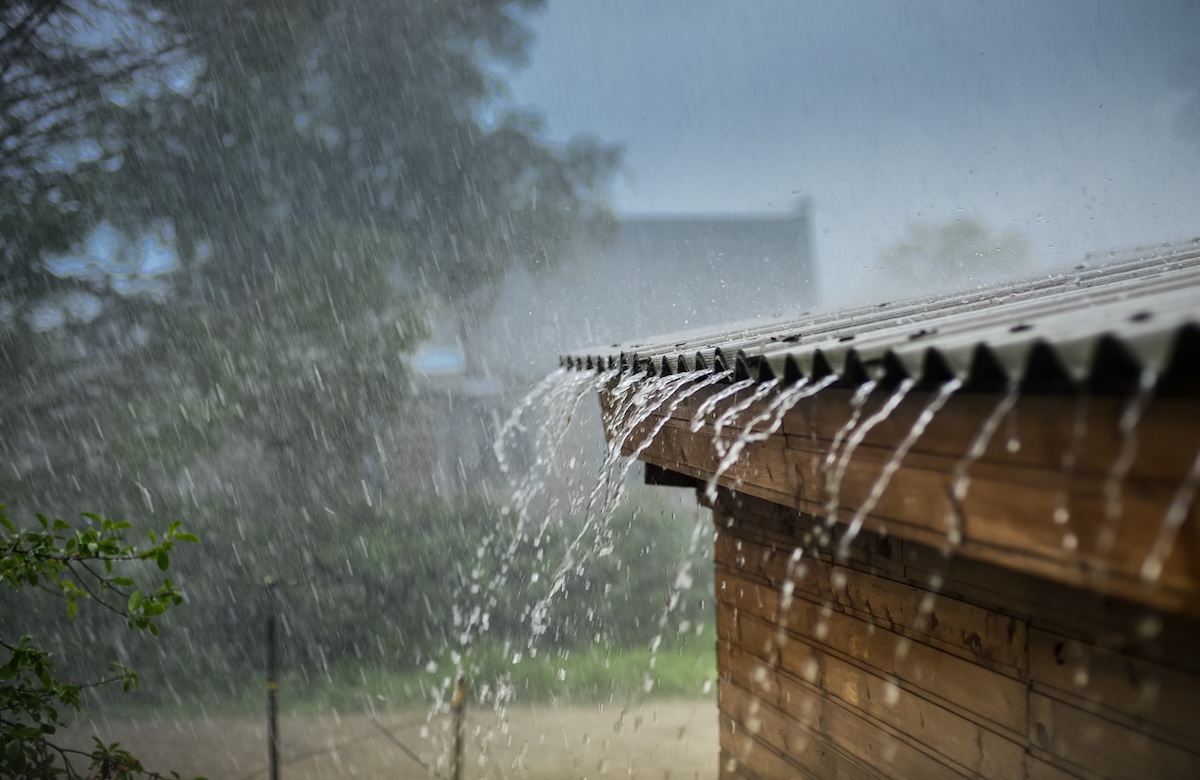
Anyone in the market for a metal roof encounters a variety of myths and legends about metal roofing. Here are the facts about some of the most common myths about metal roofing:
- A metal roof will increase the likelihood of a lightning strike. Metal conducts electricity, but electricity is not drawn to it. “Homes with metal roofs are no more likely to be struck by lightning than other homes or buildings. Attracting lightning has more to do with a home or building’s height and size rather than the materials used,” says Ramey.
- Metal roofs are noisy in the rain. When installed over an insulated attic, they may even be quieter than other roof types. “In most cases, metal roofs do not increase the sound from rain,” says Miller. “Attic space and insulation as well as other construction materials and the design of the metal panels themselves tend to absorb any sound from rain hitting the metal.”
- Metal roofs are susceptible to damage by hail. While extremely large hailstones can dent a metal roof, normal hail storms will not. With textured roofs, minor denting is not readily visible.
- You cannot walk on a metal roof. You can, but you have to know how to do it without causing damage. Check with the manufacturer of the product you choose.
- A metal roof will make your house colder in winter. A metal roof has no effect on the temperature of the typical vented attic in winter. It’s the insulation under (or on top of) the floor of your attic that keeps you warm.
While there are a lot of compelling reasons for choosing metal roofing, including longevity and lower insurance costs, the benefits come at a higher initial cost. Make sure to consider your budget and the roof’s long-term value when choosing any roofing material for your home.
